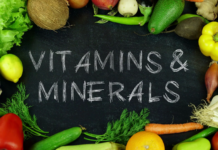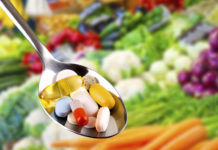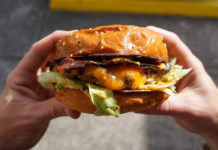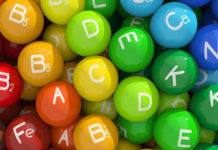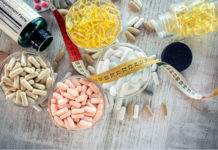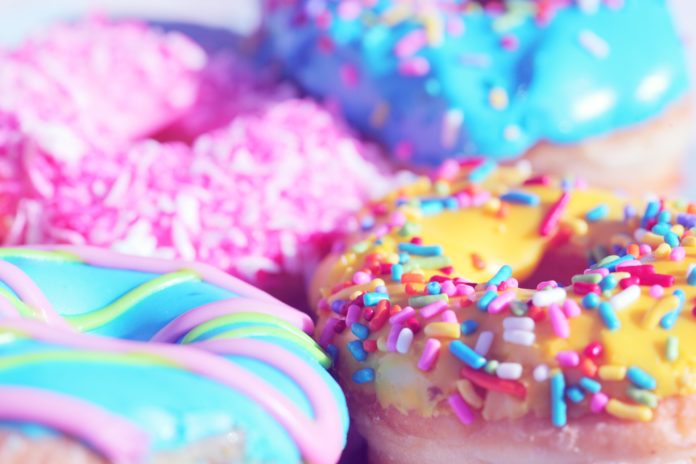Understanding both healthy & not so healthy sugars with their Glycemic Index (see chart below)
SUGARS
| Glucose: Glucose is the simple sugar made by the body through digestion of carbohydrates. It is the body’s chief source of energy. (AKA: dextrose). |
| Sucrose: We commonly refer to as table sugar. It is made from highly processed sugar cane or sugar beets. The composition of sucrose is a combination of glucose and fructose, which separates during digestion. Pure sucrose is devoid of any nutrients. |
Fructose: commonly called fruit sugar, is a simple sugar found in honey, tree fruits, berries, and melons. But don’t be fooled into thinking fructose on a label means you are eating fruit sugar. Pure crystalline fructose comes from two sources: corn or sucrose (table sugar). Corn starch is processed to release fructose. Sucrose (table sugar) is enzymatically hydrolyzed to separate into glucose and fructose. Crystalline fructose is pure fructose from one of these two sources. 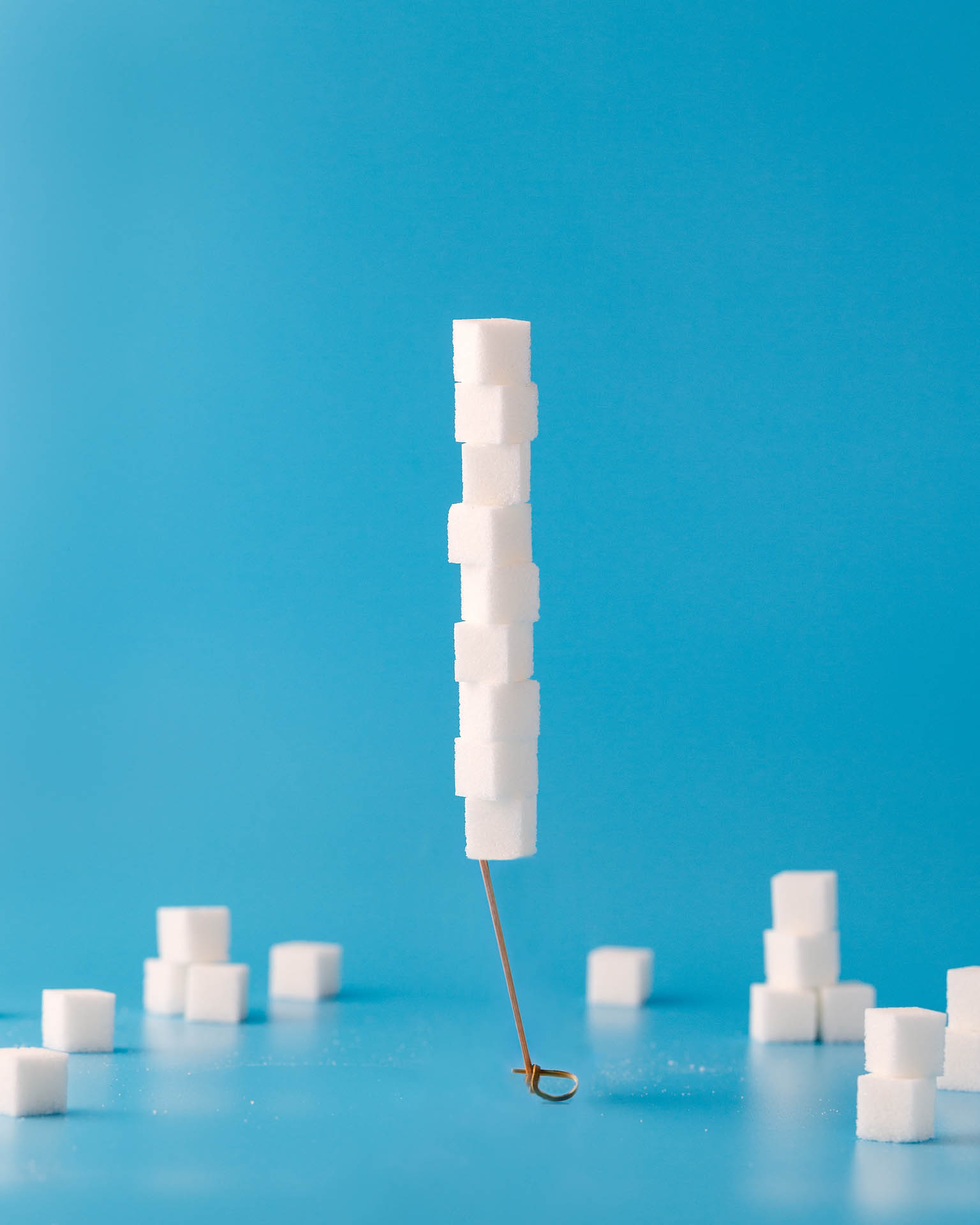 Sugars And The Bitter End |
| High fructose syrup: Made from starches like corn, wheat, and rice. High fructose syrups contain nearly equal amounts of glucose and fructose, a composition nearly identical to sucrose (table sugar). The reason high fructose corn syrup is so abundant in our processed food is simple-it’s cheaper than sugar. Because we highly subsidize corn and place tariffs on sugar imports, high fructose corn syrup is much less expensive. Pure fructose is 1.2-1.8 times sweeter than sucrose so less is needed for the same level of sweetness. It is low on the glycemic index, therefore it does not lead to peaks and dips in the body’s glucose levels. But fructose is processed in the liver. When too much fructose enters the liver at once, the liver can’t process fructose as a sugar. Instead, the liver turns excess fructose into fats-triglycerides. When you incorporate these fats into our bodies cells (the cell membranes) triglycerides cause these cells to be insulin resistant. This is the reason that high fructose corn syrup leads to diabetes. Fructose is linked to significant increases of both cholesterol and triglycerides. And remember-fructose, like sucrose-is a highly refined processed sugar devoid of any nutrition. |
| Maltose: Maltose, also known as malt sugar, is half as sweet as sucrose (table sugar). It is produced from starch (barley, wheat, rice or other grains). It has been produced in China since 200 B.C. We use it in making beer and as an additive to some processed foods. In our bodies, maltose is formed as the first step in digestion of starchy foods. It is then broken down into glucose. |
| Lactose: Lactose is the sugar found naturally in milk. |
| Date Sugar: Date sugar is 100% dehydrated dates ground into small pieces. It is a whole food, high in fiber, vitamins, and minerals. Date sugar can be substituted for granulated sugar or brown sugar cup for cup, but it does not dissolve in liquids. Most alternative health practitionars consider Date Sugar to be a healthy sugar alternative. We did not include it in the chart because we could not find its glycemic index. |
| Sugar Alcohols or Polyols: Maltitol, maltitol syrup, sorbitol, mannitol, xylitol, lactitol, erythritol, and isomalt are examples of sugar alcohols. They occur naturally in plants, but are usually manufactured from sugars and starches. Sugar alcohols have fewer calories than sugars because they are not completely absorbed by the body. They can ferment in the intestines and cause gas, bloating, and diarrhea. |
| Glycemic Index : When carbohydrates are digested, glucose is released into the bloodstream. The glycemic index is a comparative measurement of the amount of glucose released by a particular food over a two to three-hour period. |
Foods that rapidly release glucose rate high on the glycemic index (GI). Foods that slowly release glucose are low on the glycemic index. Mixing high and low GI foods can result in a moderate glucose release. The glycemic index, glycaemic index, or GI is a measure of glucose (blood sugar) level increase from carbohydrate consumption. Foods raise glucose to varying levels. It estimates how much each gram of available carbohydrate (total carbohydrate minus fiber) in a food raises a person’s blood glucose level following consumption of the food, relative to consumption of glucose. Glucose has a glycemic index of 100, by definition, and other foods have a lower glycemic index.
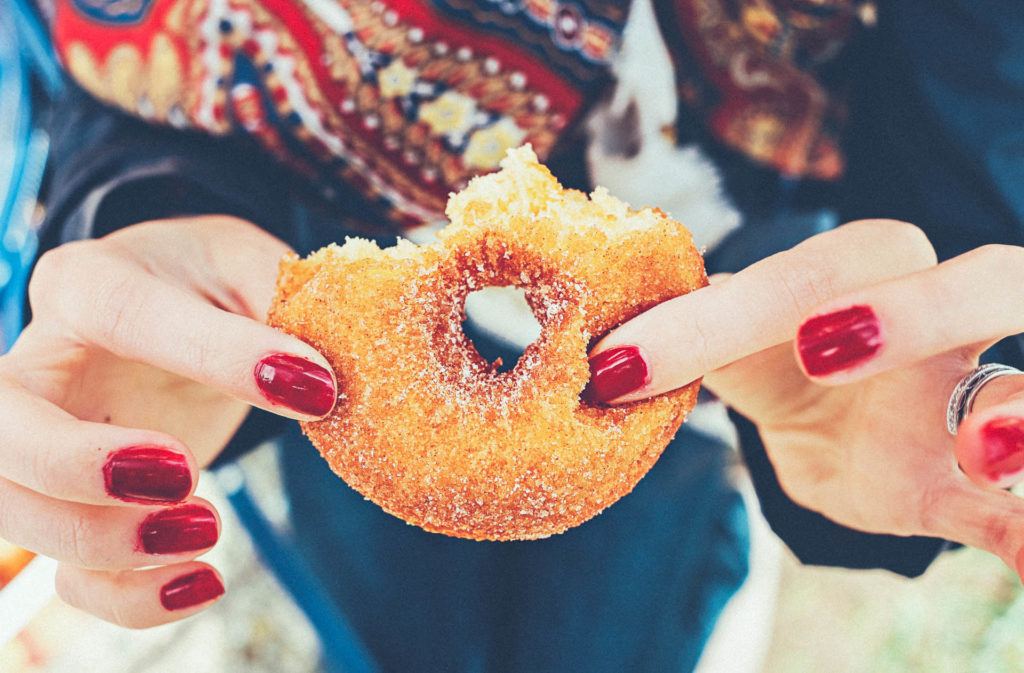
Glycemic index is defined for each type of food, independent of the amount of food consumed. Glycemic load accounts for the amount of food consumed and is calculated in terms of glycemic index. But the GI rating alone does not give you all of the information you need to determine a food’s effect on your blood sugar. It only tells you how quickly the carbs in a food should turn into sugar in your blood. The glycemic load or GL tells you how much of that carb the food contains. And of course the amount you eat of that particular food is also a huge factor in the rise of your blood sugar.
Foods ranked low on the GI scale release glucose slowly and steadily without a sudden spike of glucose in the blood. A spike in glucose results in a large insulin release, which is more likely to store glucose as fat rather than use it as fuel. Plus a high release of insulin often results in a rapid drop in blood sugar, causing hunger. So you eat candy. Your blood sugar spikes. Insulin is released. Your blood sugar drops. You eat more candy. The sugar rollercoaster ride begins.
It is important to remember that the GI scale is simply a comparative scale; it compares one food’s blood glucose response to another. There are many other factors to consider when choosing your food. Start with the basic question. Is this food dense with nutrients?
GI values can be interpreted intuitively as percentages on an absolute scale and are commonly interpreted as follows:
| Classification | GI range | Examples |
| Low GI | 55 or less | most fruits and vegetables; legumes; some whole, intact grains; nuts; tagatose; fructose; kidney beans; beets; chickpeas |
| Medium GI | 56–69 | whole wheat products, pita bread, basmati rice, grapes, sucrose, raisins, pumpernickel bread, cranberry juice, regular ice cream |
| High GI | 70 and above | white bread, most white rices, corn flakes, extruded breakfast cereals, glucose, maltose, maltodextrins, white potato, pretzels |
Several lines of recent [1999] scientific evidence have shown that individuals who followed a low-GI diet over many years were at a significantly lower risk for developing both type 2 diabetes, coronary heart disease, and age-related macular degeneration than others. 01 High blood glucose levels or repeated glycemic “spikes” following a meal may promote these diseases by increasing systemic glycative stress other oxidative stress to the vasculature and also by the direct increase in insulin levels.02 The glycative stress sets up a vicious cycle of systemic protein glycation, compromised protein editing capacity involving the ubiquitin proteolytic pathway and autophagic pathways,leading to enhanced accumulation of glycated and other obsolete proteins.03
A study from the University of Sydney in Australia suggests that having a breakfast of white bread and sugar-rich cereals, over time, may make a person susceptible to diabetes, heart disease, and even cancer.04
References
01. Chiu CJ, Liu S, Willett WC, Wolever TM, Brand-Miller JC, Barclay AW, Taylor A., Informing Food Choices and Health Outcomes by Use of The Dietary Glycemic Index., Nutr Rev., 2011 ;69(4): 231-42
02 Temelkova-Kurktschiev TS, Koehler C, Henkel E, Leonhardt W, Fuecker K, Hanefeld M., Postchallenge plasma glucose and glycemic spikes are more strongly associated with atherosclerosis than fasting glucose or HbA1c level., Diabetes Care. 2000 Dec;23(12):1830-4.
03. Uchiki T, Weikel KA, Jiao W, Shang F, Caceres A, Pawlak D, Handa JT, Brownlee M, Nagaraj R, Taylor A., Glycation-altered proteolysis as a pathobiologic mechanism that links dietary glycemic index, aging, and age-related disease (in nondiabetics)., Aging Cell. 2012 Feb;11(1):1-13. Doi:10.1111/j 1474-9726.2011.00752.x. Epub 2011 Nov 15.
* Organic Lifestyle Magazine
04. White bread breakfast unhealthy?] The Times of India, 10 Mar 2008.
© Copyright – Hector Sectzer





